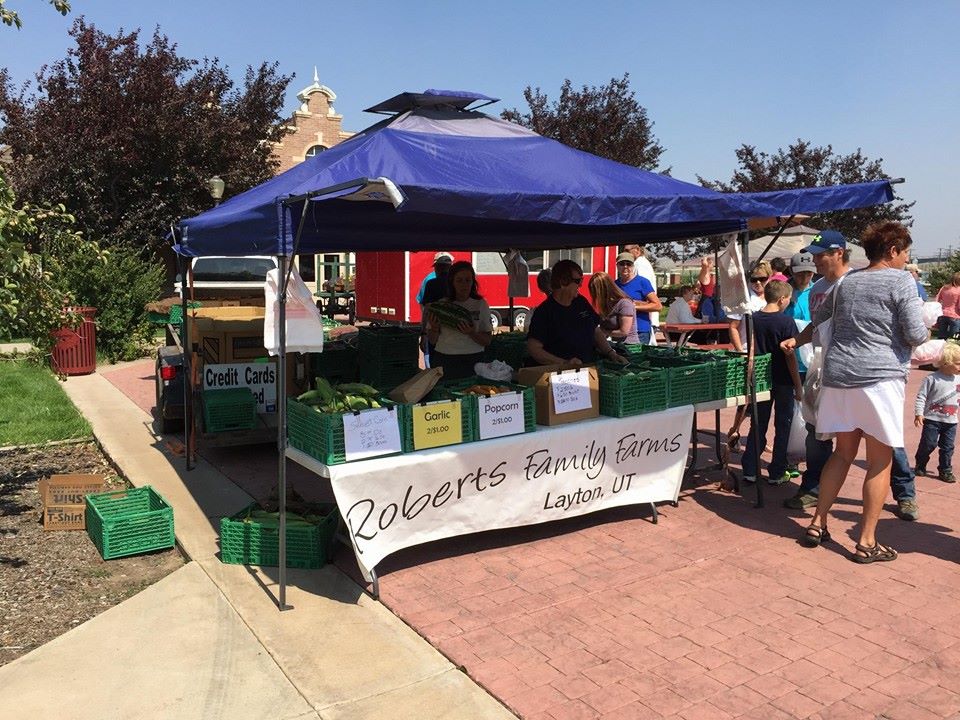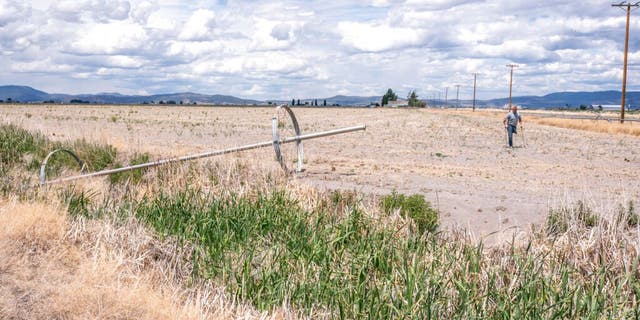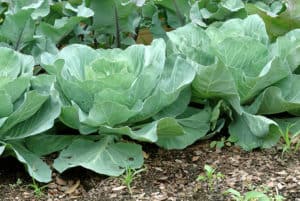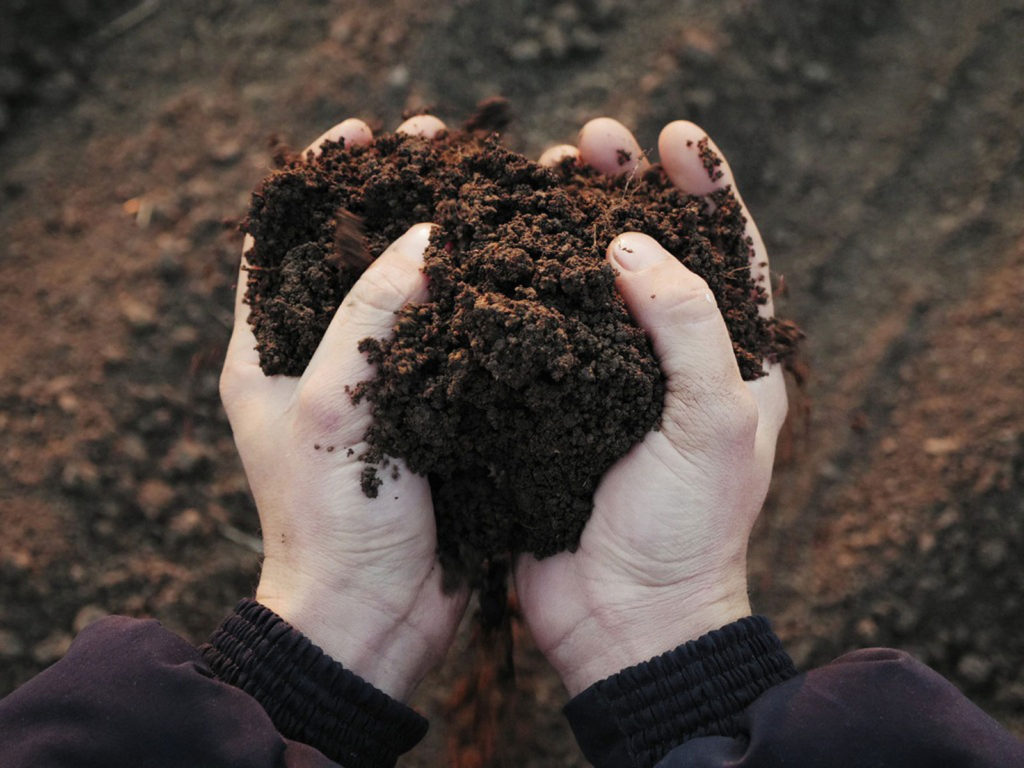Drought to an average person likely means “it’s dry.” And that’s fair. However, what you may not realize is drought, to a farmer, might mean “we’re struggling to stay in business because of something we literally have no control over.” It’s understandably a situation that non-farm folks have a hard time relating to.

The National Association of Farm Broadcasting’s News Service and the American Farm Bureau Federation undertook a project this month to put a human face on the challenges of drought, especially in the Western United States. That area of the country has been clobbered by a long and intense spell of dry weather.
Tyson Roberts is a farmer from Layton, Utah, who’s seen the challenge firsthand because he’s living it right now. I jumped on the phone with him on Tuesday of this week for an interview about what it’s like to face a drought of this magnitude. While drought is a big topic of conversation in 2021, he said the dry spell stretches back to 2021.
“We got started with this last year,” he recalled while on the phone from his Utah farm. “A lot of people may not realize that.”
It wasn’t quite as bad last year as it is in 2021. The water available for Roberts’ crops was below normal levels in 2020, but they still grew “pretty much” all of the crops that they would in a normal year. This year has been markedly different.
“We are a vegetable operation here,” he said, “and we grow fresh market vegetables for farmer’s markets.
“When you think about a tradition row crop farm, the producer plants in the spring and harvests in the fall,” Roberts says. “We work a little differently: we’ll start planting different vegetables in the spring and continue through most of the summer and into August.”
Their typical planting schedule came to a sudden stop. Roberts, the sixth generation of the Roberts family to work the farm in Davis County, Utah, got to the middle of June and figured out they wouldn’t have enough water to sustain the crops they have growing and grow the additional crops they’d be planting through the month of July.
“We ended up putting all of our planters away around the first of July,” he recalled. “About 20 percent of our property remained unplanted. We fallowed it because there just isn’t enough water to grow the amount of produce we normally plant in a given year.”

As someone who doesn’t live on a farm, imagine having to give up 20 percent of your income due to circumstances you had no control over. I don’t know about you, but a 20 percent drop in income would likely throw me out of my house and into the street.
The drought hasn’t forced Roberts to destroy any crops, but it has forced him to leave some crops in the field because they’re not harvestable quality, which amounts to the same thing. He offered up his sweet corn crop as an example.
“About 2/3 of the top part of our fields are pretty good quality and should get us good yields,” he said. “However, on the bottom end, we haven’t had enough water for all of the other plants. I guess you’d say we couldn’t get the water all the way to the end of the row.
“We’ve lost a lot of yield and in quality,” Roberts added. “In addition to the unplanted ground, there’s also a portion of the planted crops that are unmarketable.”
Crop farmers get paid when they harvest crops. Can you imagine knowing ahead of time that the one check you get for harvesting your crops won’t pay your bills? That’s what farmers face every year. These are the people that grow our food. It’s a rough way to earn a living.
He sums up the situation on his farm rather succinctly: “We’re in survival mode right now,” he said grimly. “With the unplanted acres and the loss of yield, we’re just trying to stay afloat. And I think that’s fair to say for a lot of farmers around us and across the state, as well as throughout the Western U.S.”
So how do farmers like him find a way to keep moving forward and get through this?
“I serve on the Utah Farm Bureau Board of Directors, and we met last week to discuss how we can help keep our farmers in business,” he said. “Every state has received a fair amount of COVID assistance, which is some help. We’re looking at the best ways to help the livestock farmers, the crop farmers, and get them the help they need.
“We’re looking into government programs to help them stay in business,” Roberts added. “I hate to say it, but sometimes a company or a farm may need a little help staying afloat when they face the challenges that we have for nearly two years.”
Roberts and his wife, Danna, have six children who each help on the farm, and Tyson’s parents, Dix and Ruth, also operate the farm with him.



